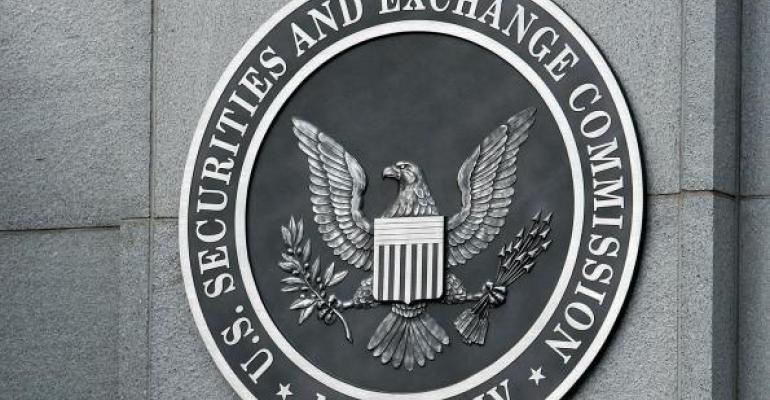Guidance from the Securities and Exchange Commission late last month could limit RIAs’ ability to define themselves in their Forms CRS as fiduciaries, according to the Institute for the Fiduciary Standard.
In an FAQ posted on March 30, the SEC clarifies that a firm can use the term “fiduciary” or “fiduciary duty” in its Form CRS but “only to the extent permitted” by the commission’s instructions, and where there is prescribed language, firms cannot include the term at all.
For those points in the form where certain language is mandated, the SEC cautioned advisors against using the term “fiduciary” when it would be “extraneous and unresponsive,” or in any case where the use of the term might be inaccurate or misleading.
“For example, in the staff’s view, embellishing factual statements about the capacity or services of an investment professional or firm with phrases such as ‘an investment advisor who is held to the fiduciary standard,’ is likely to be inappropriate,” the guidance read. “Similarly, the staff cautions against describing the fiduciary duty as a ‘higher standard’ or ‘the highest standard.’”
While the first sentence of the guidance suggests that using the term “fiduciary” in their disclosure form is not banned outright, Knut Rostad, the founder of the Institute for the Fiduciary Standard, argued that the rest of the text “essentially slammed the door shut” on including it.
“Its language is clear,” he said. “We believe it leaves no plausible and meaningful way for an investment advisor to tell investors the truth about their fiduciary status.”
The Form CRS came into effect with the SEC's Regulation Best Interest rule in summer 2020 and is a two-page document intended to offer clients an accessible description of an advisor’s services, conduct and conflicts. Rostad and Jeff Lang, an investment management attorney with Stark & Stark, said they’d previously believed advisors could use the term “fiduciary” as a means to describe their practice on the form (and in doing so, differentiate themselves from brokers).
But with the new guidance, Lang argued advisors wouldn’t be able to describe themselves as being held to a fiduciary standard, even if the term was accurate. He wanted the SEC to clarify how the term could be used in the context of the form’s prescribed language.
“What phraseology gets us to the legal truism that (RIAs) have to operate as fiduciaries?” Lang asked. “What set of words can they live under (in) that legal obligation section that says, ‘yes, we do operate under a fiduciary standard?’”
Rostad and Lang worried that RIAs would opt out of describing themselves as fiduciaries altogether to avoid SEC enforcement as a part of a sweep. Although RIAs can describe themselves as fiduciaries in marketing materials and on their website, Rostad stressed they shouldn’t be limited in doing so on the Form CRS, believing that clients associate the term as a positive.
“They’re not going to be able to tell you like a first-term law class exactly what it means, but they know it’s something they should look for,” Rostad said.
Rostad said the institute had reached out for a meeting with SEC Chair Gary Gensler about their concerns, but he questioned what kind of clarifications the commission could offer that would leave RIAs able to describe themselves accurately.
“The importance of what they said here shouldn’t be minimized, in terms of how clearly they are discouraging it,” Rostad said.





